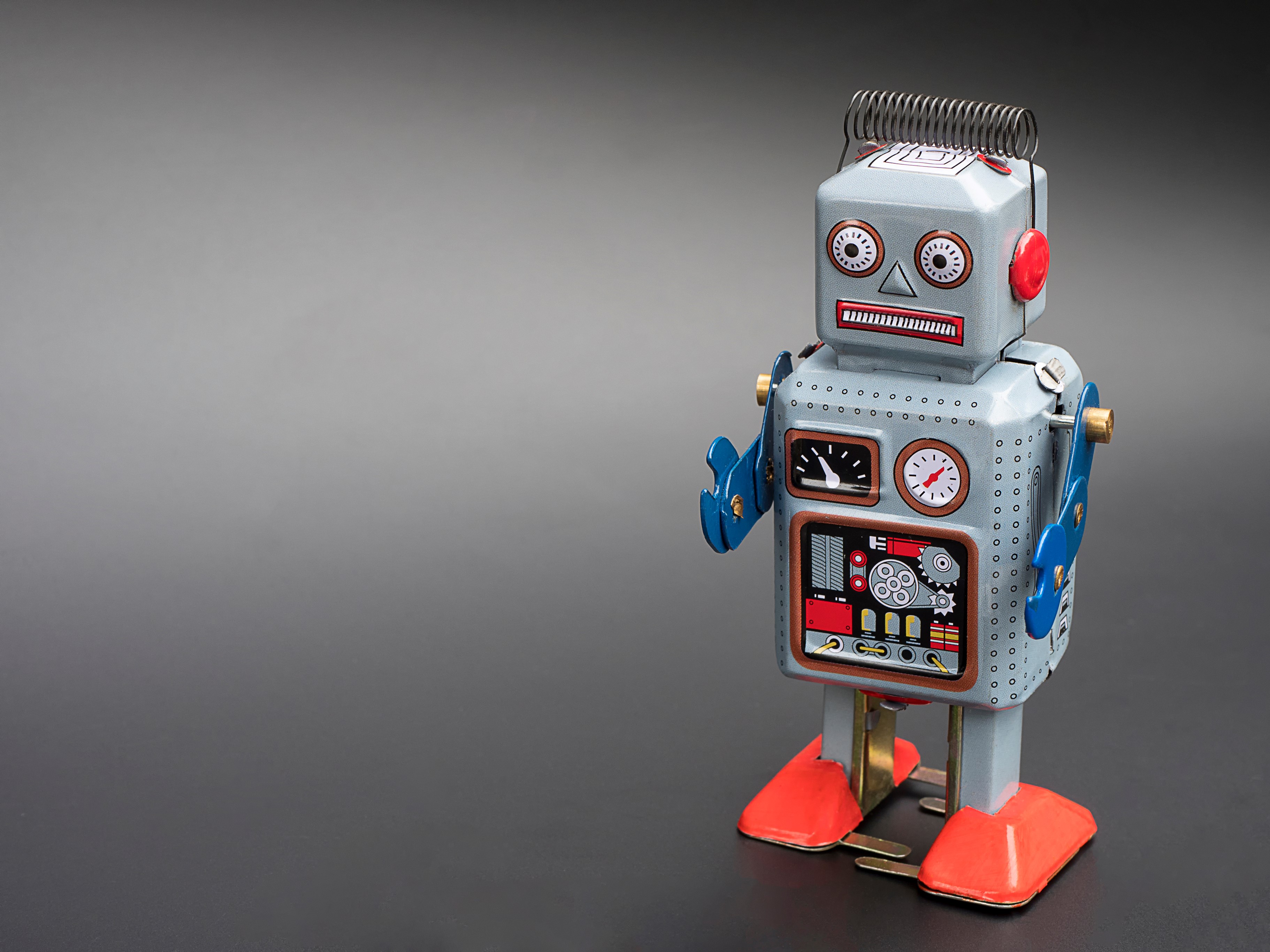We believe that kitchen robotics must be built from the ground up with a specific purpose in mind. The typical six-axis robot arm has been used successfully in many applications ranging from flipping burgers to welding the griddles which they are cooked on. They are an excellent choice in many cases because they require very little upfront design consideration. They are clearly modeled in the image of a human arm, and therefore do a good job performing human tasks.
When compared to a human performing the same task, a six-axis robot is often only marginally faster. Throughput gains are usually found in the fact that robotic arms do not need breaks, and do not have the human conditions that can cause us to have the occasional “off day.” The other benefit is that a business can place a person at another task while the robot arm keeps things moving. This all sounds great, but it’s not necessarily any faster than having a human perform the same task.
In this article, we discuss why kitchen robotics should not be designed to perform a task the way humans do for businesses who are interested in “real” capacity gains.
When Kitchen Robotics Try to Be Humans
The greatest misnomer about kitchen robotics is that they can perform human tasks well. Tools and equipment in the kitchen have always been designed for human use. This is why knives have handles and stoves have knobs. The very features that are designed to make human life easier, can tend to make kitchen robotics life much harder. A misuse of kitchen robotics would be to make a robot arm twist a knob to turn up the heat on a cooktop when you could simply control an electric valve.
Let us take for example the Café X coffee robot. First, we encourage the reader to check out the Café X website so we all have the same image of a robot arm picking up a cup and filling it with coffee.
If you watch the video on Café X’s home page, you will notice a robot arm housed in reach of several stations which were originally designed for use by humans. The robot arm must first successfully grasp a cup and pull it free. Grab too tight, get multiple cups. Grab too loosely and get nothing. It is hard for a robot arm to detect if it encountered an error (such as no cup, breaking the cup, or too many cups). On the assumption that a cup is successfully collected, the arm places the cup under a machine to be filled with a beverage.
At this point ask yourself: what purpose is the robot arm serving?
It is a cup dispenser.
The robot arm places the cup under a beverage dispenser, then it brings the cup to the customer. To make the point very clear, the Café X robot does not make coffee. It moves cups.
Now that we have established the value which kitchen robotics in a Café X kiosk create, let us ask another question:
Is a robot arm really the best way to dispense cups in a coffee machine?
As a mechanical engineer and lifelong tinkerer, I could watch the Café X machine do its job for hours. I had the opportunity to watch a few years ago on a trip to San Francisco. It was really a sight to see. I relish in the opportunity to encourage young people to become engineers and inventors. Café X is nothing short of inspirational.
If the objective is to put on a show for the customer, Café X is the answer. If the objective is to increase throughput and reliability, kitchen robotics performing human tasks is not the way to go.
The History Kitchen Robotics in Coffee
I can remember in the 90’s going to my father’s place of work. It had a “gourmet coffee” vending machine in the cafeteria. For those who remember, the cup seemed to fall down a chute and appear under the filling head. Coffee or espresso would then be brewed and dispensed through a nozzle into the cup. While I cannot speak for these machines today (some thirty years later), I do remember that the coffee was absolutely terrible. I would guess everyone does which is why we still scoff at these kitchen robotics coffee machines. Despite the lousy beverage, these machines are simpler and more efficient than Café X at doing the same job. The world has changed since the 90s.
In the 1990s, Starbucks was in its infancy, and Folgers and Maxwell House still reigned king. Dunkin Donuts had not yet discovered that their main business was selling coffee. Paying more than fifty cents to a dollar for a cup of coffee was unthinkable unless you were in Seattle or Harvard Square. Hardly anyone except Sci-Fi producers were talking about kitchen robotics.
Since then, America has learned to love premium coffee products and is willing to pay three to six dollars for a cup of it. We learned what a barista is. Machines such as the Keurig K-Cup brewer, Nespresso Pod brewer, or the Franke A-1000 have demonstrated that superior coffee products can be achieved with the push of a button. The market conditions are perfect for a quality automated coffee shop.
There Are Better Ways For Kitchen Robotics To Dispense Cups
Kitchen robotics should be used to perform robot tasks. The majority of the coffee and espresso brewing and “assembling” process can be performed with electronic computer-controlled valves, actuators, and relay switches. Cups can be dispensed and moved with wheel-driven singulators and small conveyor belts. This may not be as exciting to watch, but it will be faster and more reliable.
Let us go back to the Café X example. In the picture, you can see at least six different filling heads. While the home page video shows four cups being filled at once, in practice this would not increase throughput. The robot arm can only move one cup at a time. This means that during peak demand the robot arm is the limiting factor in throughput for the Café X machine, not the coffee brewing and filling stations. Kitchen robotics other than one single robot arm, such as an automatic cup dispenser and a network of conveyors would allow multiple cups to be moved and brewed at once, thereby increasing throughput.
There Is Limited Purpose For Kitchen Robotics If They Do Not Increase Throughput
Our recommendation is that large operators such as Starbucks, McDonald’s, or Dunkin’, not be star-struck by beautiful demonstrations of six-axis robots when considering kitchen robotics. Their needs are increased throughput which will only be found with purpose-designed machines.
If the reader gains nothing else from this article, they should leave with this idea:
Beautiful displays of kitchen robotics do not necessarily mean an increase in throughput. In some cases, they may even be slower and worse at tasks than humans. When considering or developing fully automated kitchen robotics systems, consider the best way for machines to accomplish their tasks.
Lastly, to the Café X team: we welcome feedback, collaboration, and criticism on the ideas herein. We really do love watching your machine work. For the purpose of illustrating the difference between mechanical theater and increased throughput, Café X is a ripe example. We believe that beautiful systems like Café X have their place. They are fun to watch and may inspire the next generation of inventors. However, large operators who demand increased throughput should focus on purpose-built kitchen robotics for their operations.



